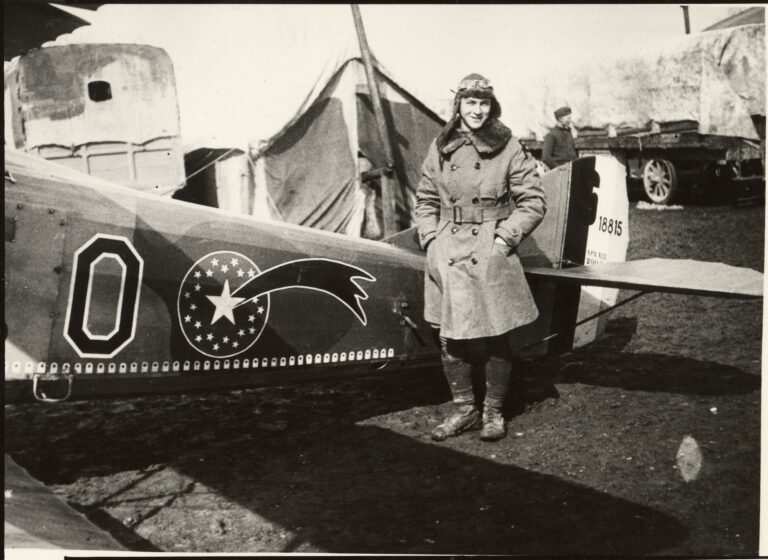
Arthur Raymond Brooks was a hero of World War I and a gracious man. I think of him almost every day.
I’m a journalist to my core and I owe a weekly “From the Archives” report today (sorry for being late), so I’ll share my story of Arthur.
He’s now being honored by his hometown of Framingham by being inducted into the city’s hall of fame, posthumously of course. The ceremony will take place on April 28.
I interviewed Lt. Arthur Raymond Brooks a year before he died in 1990. If you go to the Smithsonian Air and Space Museum, he told me then, you could see his biplane hanging from the rafters. I wonder if it’s still there. Tens of thousands of people must have seen his plane over the years.
Arthur was the nation’s last surviving World War I ace when I interviewed him over the phone one November day. He told me he could still recall seeing the beard of a feared German pilot from the cockpit of his biplane during World War I.
“I was trying to ram him,” Brooks told me, his gun had jammed. “He was a splendid young man and dodged me.”
I was amazed. How could he be so calm about an opponent who wanted to kill him over the battlefields of France? I think about all he said to me and the invitation he gave to travel to New Jersey to interview him at his home. He wanted to share his story face-to-face without struggling to hear.
I never went, or at least I didn’t go fast enough because Arthur died on July 17, 1991, at the age of 95.
Framingham’s Hall of Fame states he graduated as valedictorian from Framingham Academy and High School in 1913 and from Massachusetts Institute of Technology in 1917. He enlisted in the U.S. Army Signal Officer Reserve Corps and attended the School of Military Aeronautics with the Royal Flying Corps in Canada. An American World War I flying ace, he is credited with shooting down multiple enemy aircraft. He was a pioneer in the development of radio navigational aids (NAVAIDs) used by pilots for location and navigation, as well as air-to-ground communications. Lt. Brooks participated in early endeavors to commercialize aviation as a passenger-carrying business. Lt. Brooks was one of the earliest commercial pilots involved with carrying mail (air mail) for the U.S. Postal Service.
To me, he was living history.
He spoke of opponents and outliving all his war buddies.
I wrote that Brooks never planned on being a living legend, “I never tried to plan this or that, I just did it. … I personally knew when I was at the front we were building what I called an air force.”
He added it felt “normal” to fly “like I never stopped flying since the day I was born.”
Growing old, he said, was difficult. “I’m the only chicken left to carry on. I’m taking the trouble to tell aviation history for the young boys and girls I lecture.”
He was buried in his hometown. He told me that’s where he wanted to rest with his whole family. “I’ve always had it in my heart to be buried in my hometown. I’ll be buried there unless I die in an airplane.”
If I had made that trip to New Jersey, I’m sure I would have seen him wink and smile at that last line.
I didn’t go the distance — I do now. Lt. Arthur Raymond Brooks taught me that lesson.
No matter what it takes, push past the obstacles and keep going. That’s why I think of Arthur almost every day. The people you meet compel you to do your best. It’s an honor and one I want to live up to in memory of Arthur.
___
© 2023 MediaNews Group, Inc
Distributed by Tribune Content Agency, LLC
0 comments :
Post a Comment